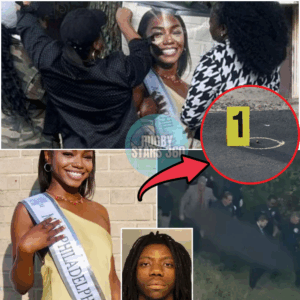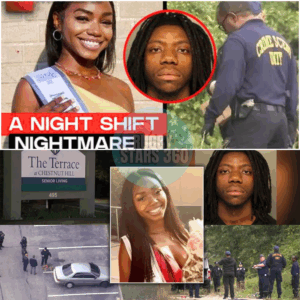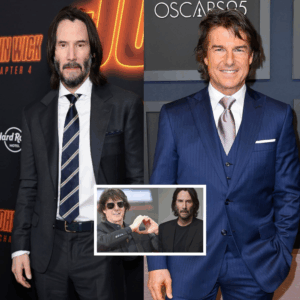Across multiple movies and continuities, many X-Men characters have been adapted for the big screen, but some of them are far from comic-accurate.
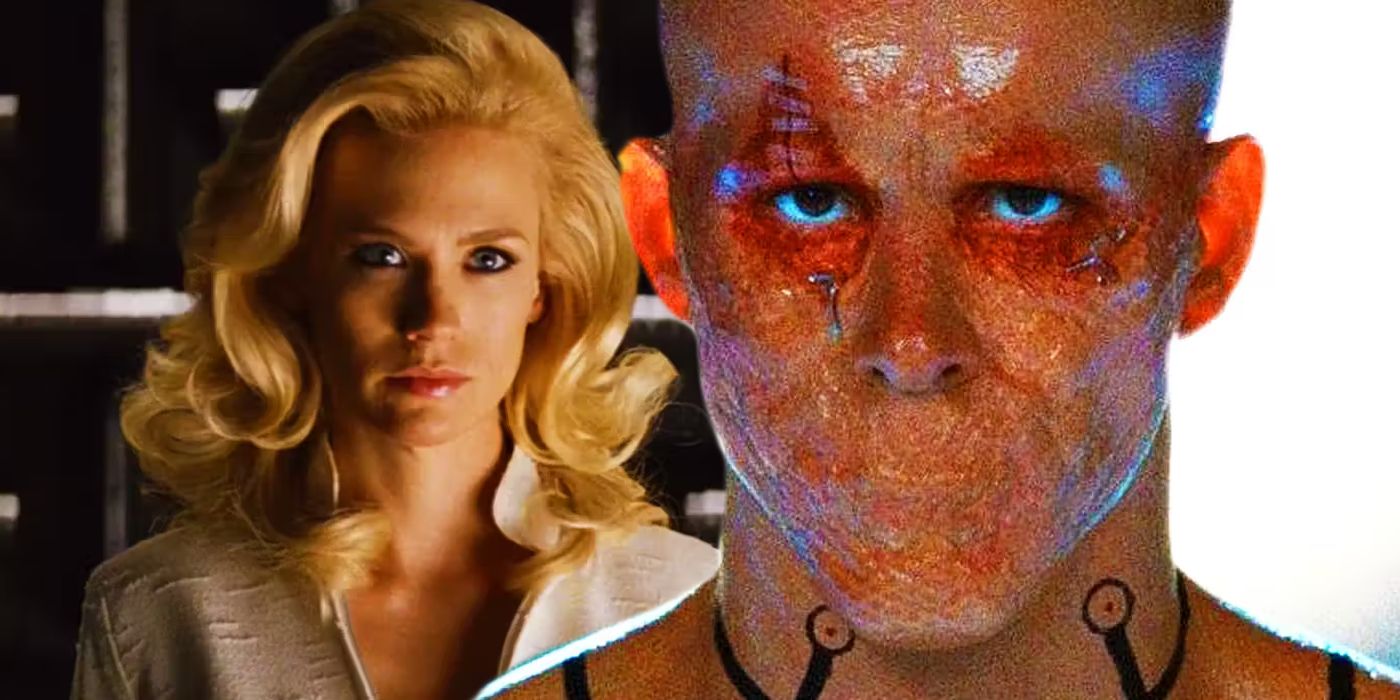
The many mutant characters of the X-Men have graced multiple movies across several timelines, although some of them were not faithfully adapted from the pages of Marvel Comics. Marvel’s mutant heroes and villains have enjoyed some live-action success in Fox’s X-Men movies, with characters both well-known and obscure being given roles large and small in the franchise. As the franchise brought in multiple different writers and directors over its run, there were many contrasting visions for the movies, and creative license was taken with the adaptation of certain characters.
Across Fox’s X-Men movie timeline, there have been changes made to certain characters that make them decidedly different from their comic book counterparts. Though complete comic accuracy is all but impossible in a larger franchise, some of the characters who appear in the X-Men movies are unrecognizable compared to their original comic book iterations. Whether the changes were necessary or the result of needless tinkering with Marvel characters, here are the 10 least comic-accurate X-Men movie characters.
10. Callisto Was Given The Powers Of Another Mutant
First Appearance: X-Men: The Last Stand (2006)
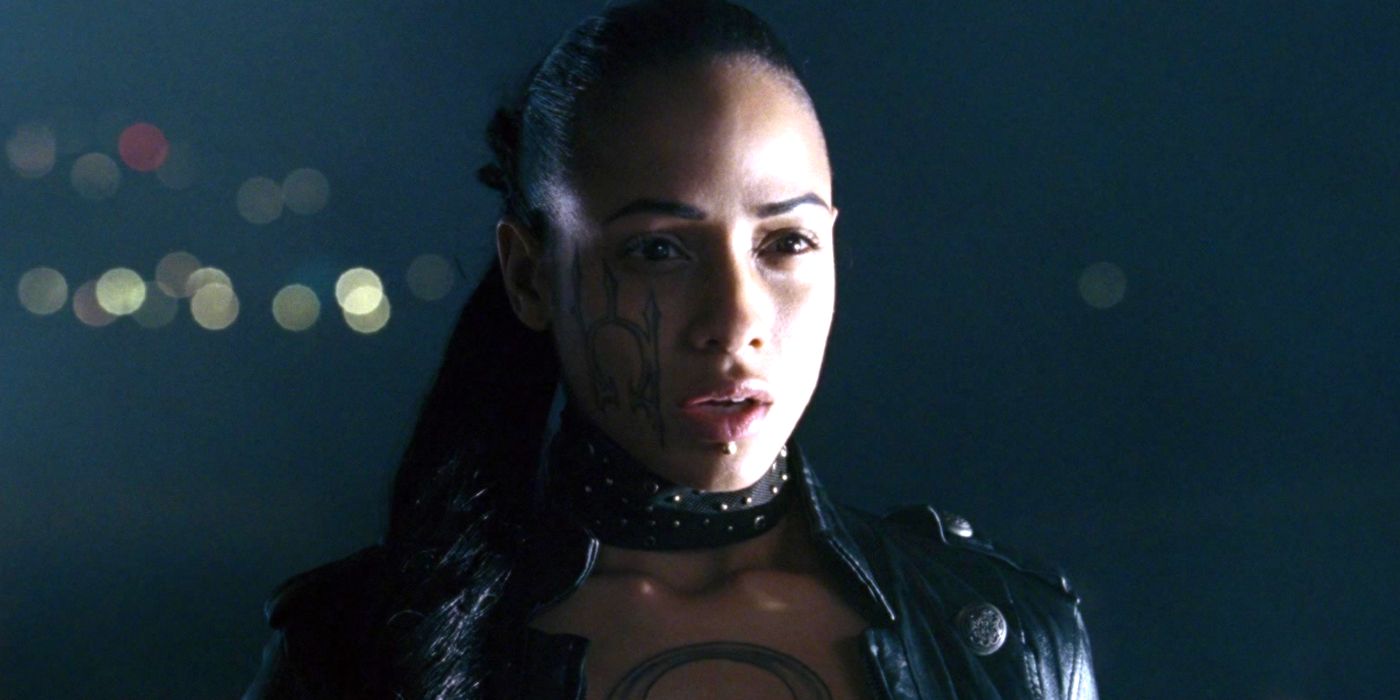
Callisto was not heavily featured in X-Men: The Last Stand, but she appeared enough to establish just how much the movie had changed her from the comics. The traditional leader of the Morlocks, Callisto was instead made the leader of the Omegas, and was given a whole new look. Additionally, the movie version of Callisto was given the powers of her comic book counterpart, as well as those of the mutant Caliban.
Perhaps the most egregious change to Callisto that The Last Stand made was aesthetic. The Morlocks are conventionally shown to eschew traditional standards of human beauty, which is something that was disregarded when casting the role. From concept to casting to thematic implications of her design, the version of Callisto introduced in X-Men: The Last Stand isn’t even remotely in line with her counterpart from the comics.
9. Darwin’s Powers Failed Him Immediately In The Movies
First Appearance: X-Men: First Class (2011)
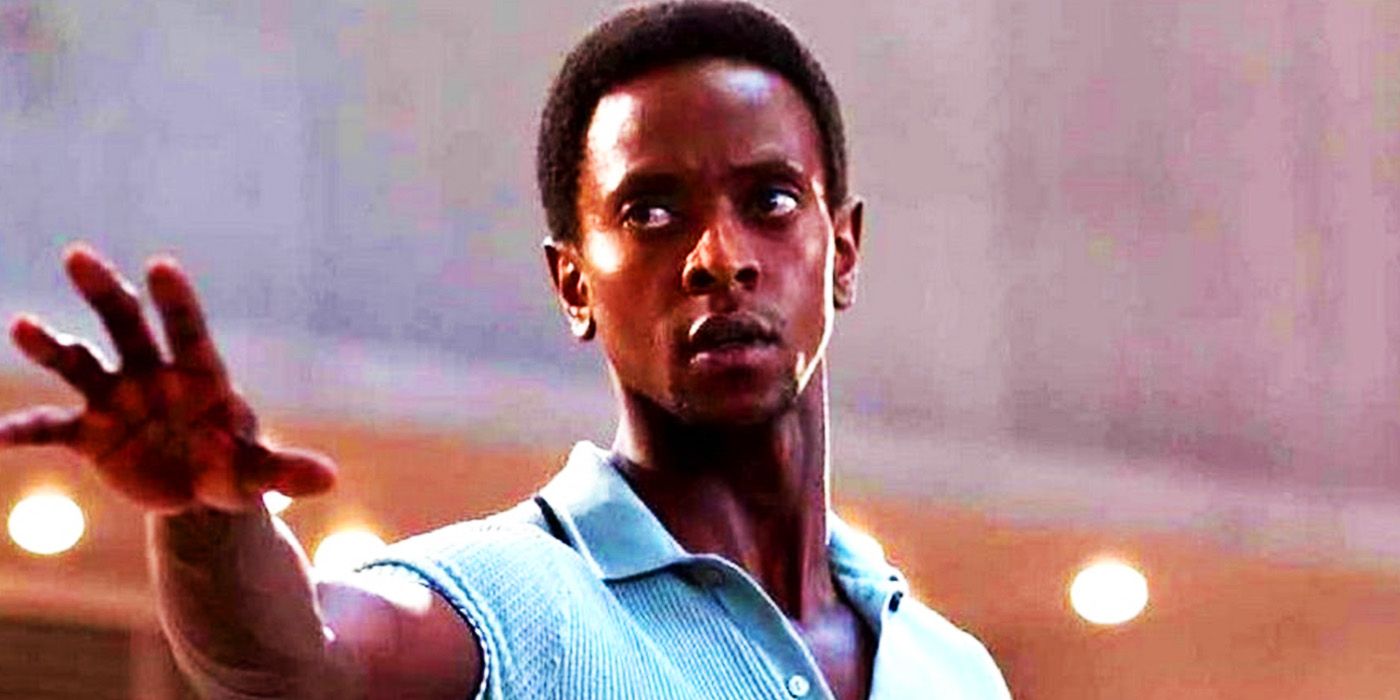
X-Men: First Class served as a prequel and something of a soft reboot of Fox’s X-Men franchise, and introduced a cast of younger mutants including a number of new characters. One such character was Darwin, a mutant with the ability to adapt to any potentially harmful substance or attack. This power of instantaneous evolution makes Darwin effectively unkillable, as he’s able to render himself immune to practically anything at a moment’s notice.
In a general sense, the movie seems to have adapted Darwin relatively faithfully. That is, until First Class’s mutants meet Sebastian Shaw, who immediately absorbs and fires an energy blast at Darwin, killing him instantly. The fact that First Class had the seemingly impenetrable Darwin killed so easily negated any perceived comic-accuracy, as a faithful adaptation of the character simply wouldn’t have been vanquished by such an attack.
8. Kid Omega Was Actually Quill
First Appearance: X-Men: The Last Stand (2006)
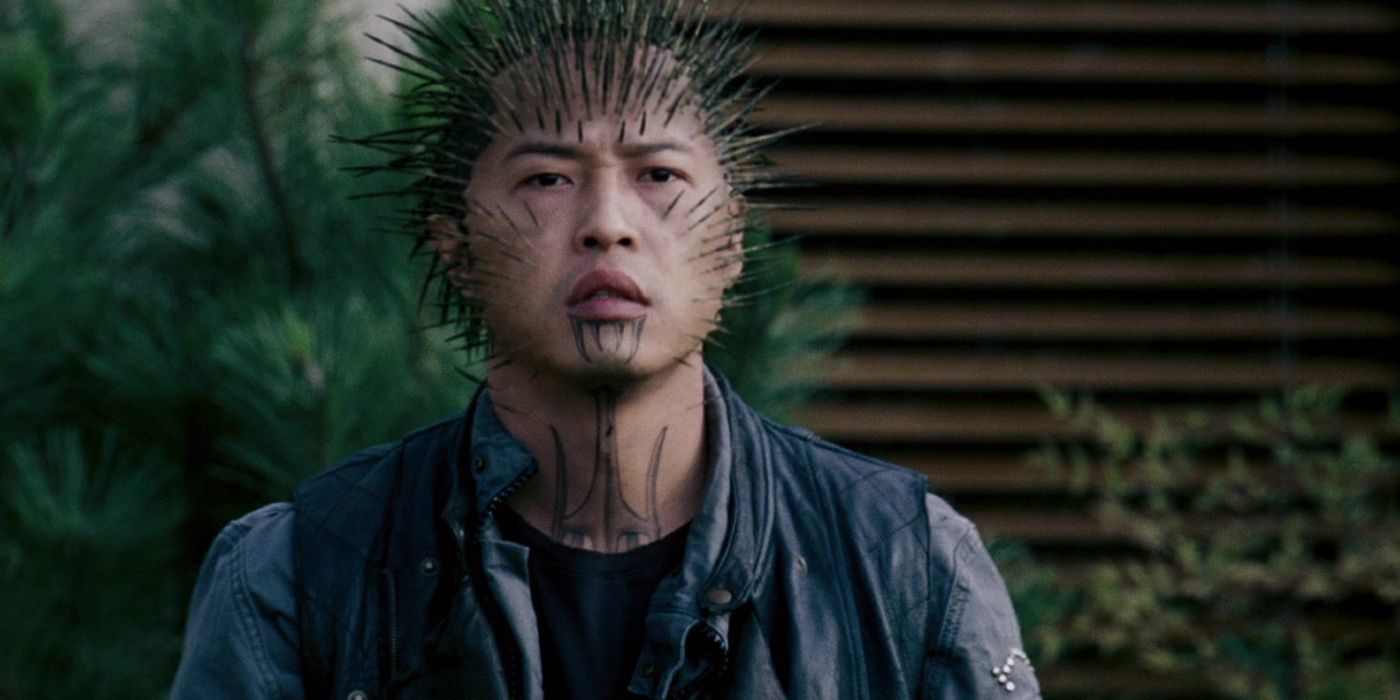
Perhaps the most bizarre iteration of an inaccurately adapted character in the franchise, The Last Stand identifies Ken Leung’s antagonistic mutant as Kid Omega. Possessing the ability to produce small quill-like spines from his skin proves deadly on multiple occasions during the movie, but it also makes him an incredibly inaccurate representation of the named character. In fact, the character design of the X-Men mutant was all wrong, because he was credited as the wrong character.
Despite being identified as Kid Omega, Leung’s character is clearly intended to be Quill. Weighed against the intended character, Leung’s character is decidedly more comic-accurate, but is severely underdeveloped regardless. Considering Kid Omega is an entirely distinct character with a vastly different set of abilities, it’s safe to say that The Last Stand’s credited representation of the character was not at all accurate to the comics.
7. Rogue Was Missing The Majority Of Her Most Iconic Traits
First Appearance: X-Men (2000)
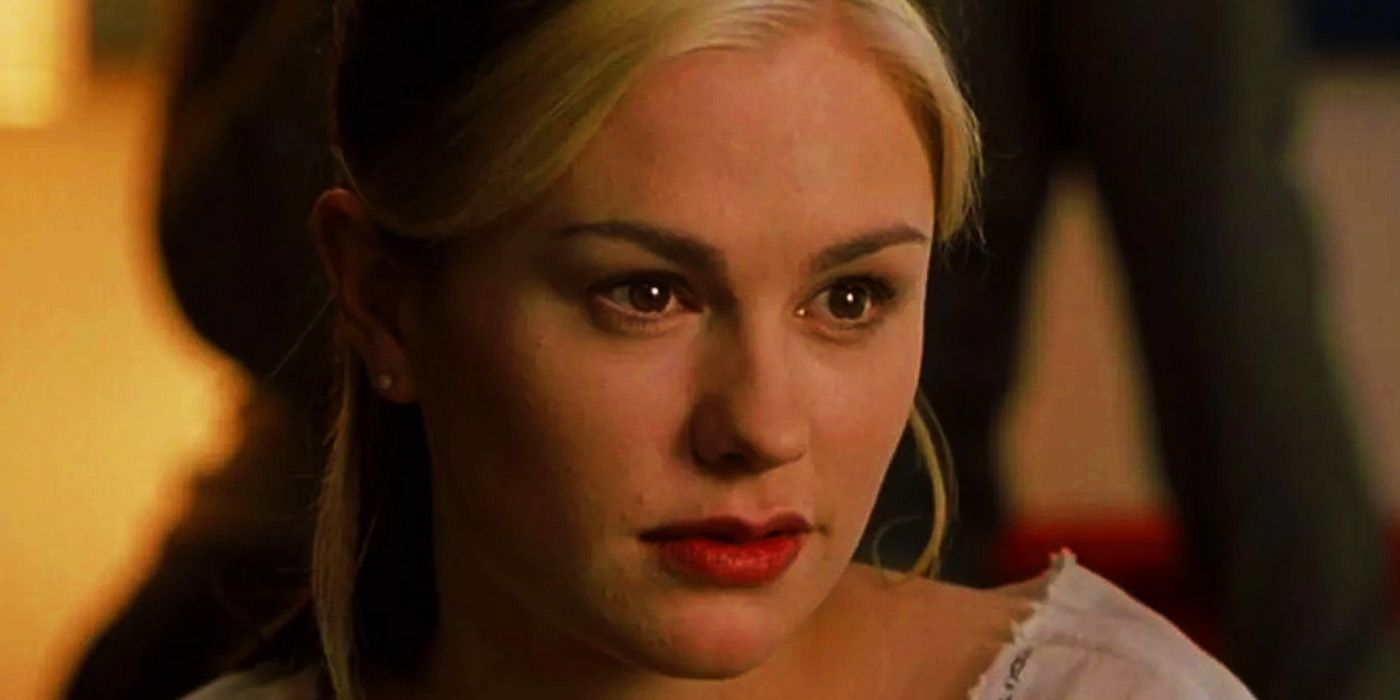
As one of the first mutants introduced in X-Men’s cast of characters, Rogue is central to the plot of the 2000 movie. This is in line with her continued importance to many comic book stories and her versatile abilities, but unfortunately, that was about the extent of her comic accuracy. Played by Anna Paquin, the franchise’s version of Rogue missed so many of the character’s defining traits that she’s one of its least comic-accurate characters.
Not only were Rogue’s strength and ability to fly entirely absent, but her power-sapping abilities were also toned down considerably. Instead, the movies made Rogue something of a damsel in distress who constantly needed rescuing by other characters, rather than a powerful hero in her own right. This depiction did very little to do the character of Rogue any justice, and instead stands out as painfully inaccurate to the comics.
6. Apocalypse Wasn’t The Imposing Villain He Should Have Been
First Appearance: X-Men: Apocalypse (2016)
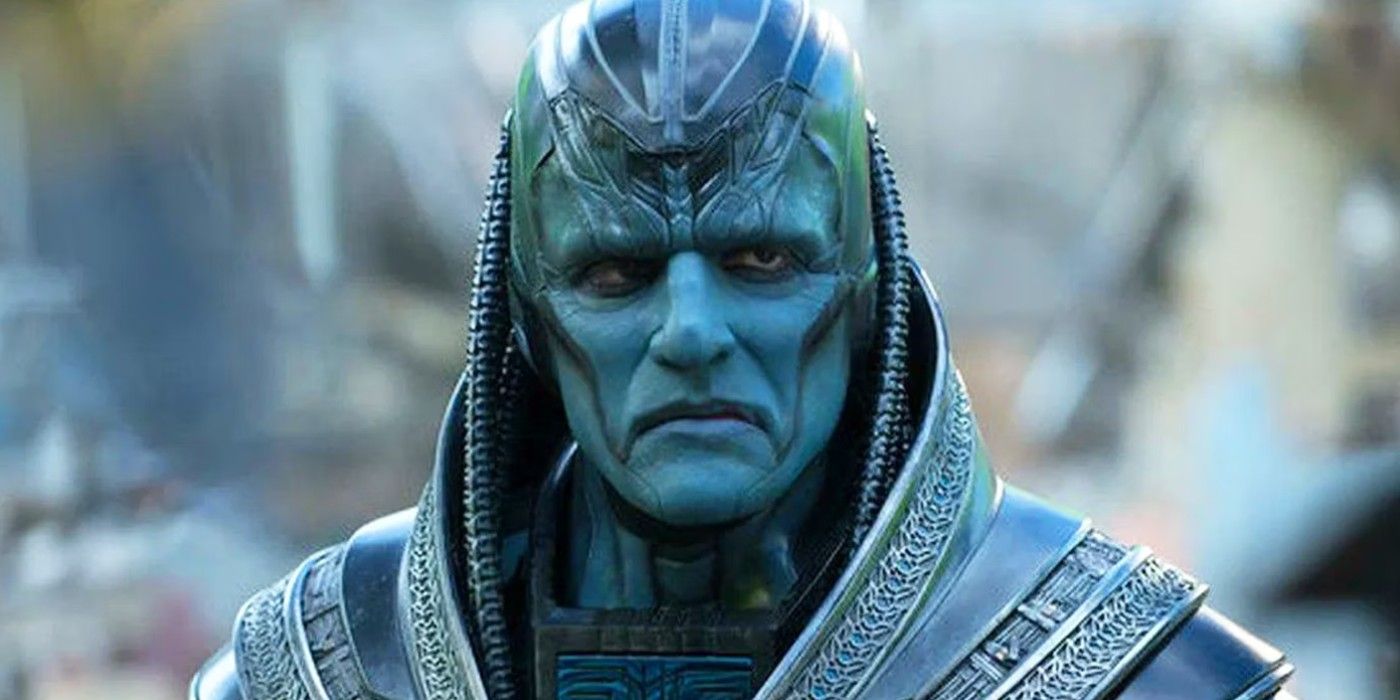
It came as no surprise that X-Men: Apocalypse’s cast adapted the titular villain, but the lack of any true comic accuracy was a point of contention for many. Oscar Isaac played the eponymous mutant antagonist, but so many of the villain’s traits had been toned down that he was the same character in name only. As well as missing many of Apocalypse’s powers from the comics, the movies made no genuine attempt to explore his character.
The resulting adaptation was a relatively lifeless and incredibly generic comic book movie villain. Apocalypse lacked the frightening grandeur and impossible might of his comic book counterpart, and instead was just another large-scale foe for the heroes to fight. In whittling away or simply neglecting to mention many of the more interesting aspects of the character, X-Men: Apocalypse made its titular villain a hugely inaccurate iteration.
5. Havok’s Powers Were Played Down To Match His New Personality
First Appearance: X-Men: First Class (2011)
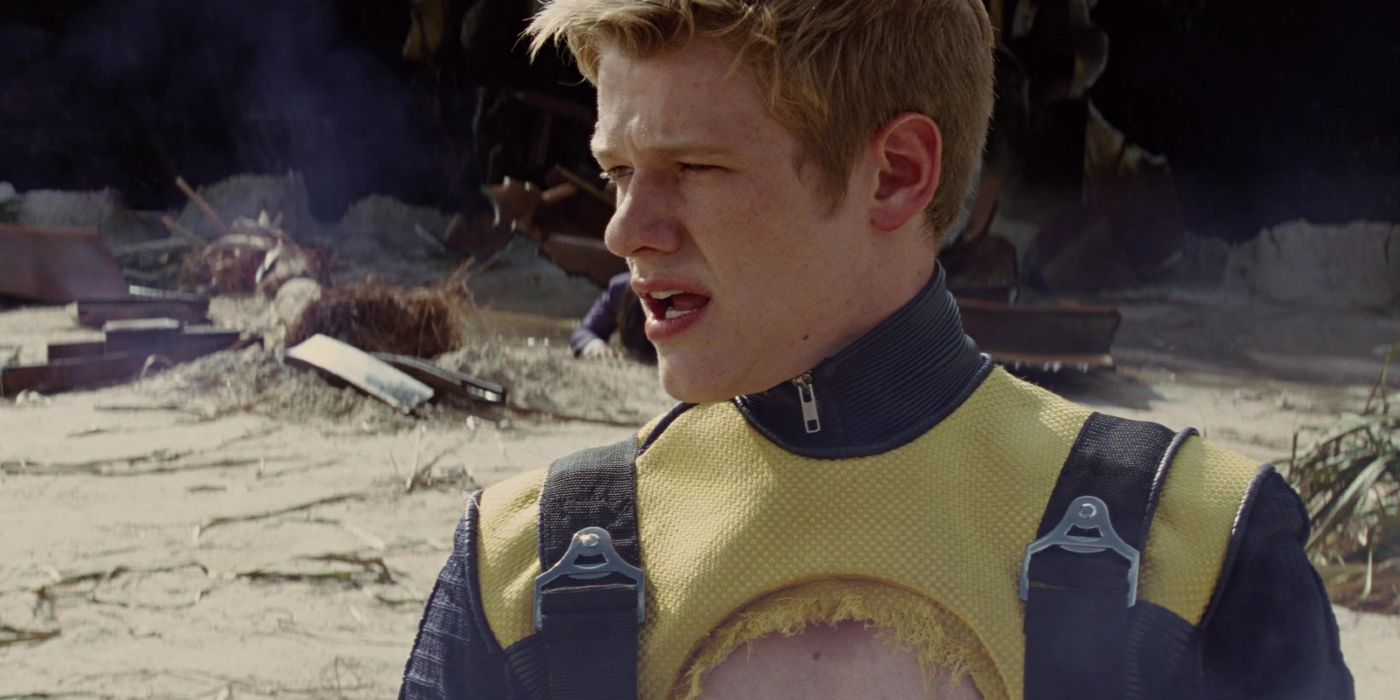
In the comics, Havok (A.K.A. Alex Summers) is a complex character. A mutant with frighteningly powerful potential, he possesses significant narrative layers, particularly as his story is so entwined with that of his brother, Scott (A.K.A. Cyclops of the X-Men). X-Men: First Class introduced Havok to the live-action franchise, but he was missing many of his most important characteristics.
The franchise’s timeline created significantly alarming questions regarding the connection between Havok and Cyclops, as their ages simply didn’t match up at all. What’s more, First Class made Havok something of an insecure and one-dimensional character, meaning he was lacking much of what typically makes him so interesting. Finally, the movie seemed to tone down his power level to better play the role written for him, only furthering its lack of comic accuracy in the adaption of Havok.
4. Viper Was Changed Completely For Fox’s Franchise
First Appearance: The Wolverine (2013)
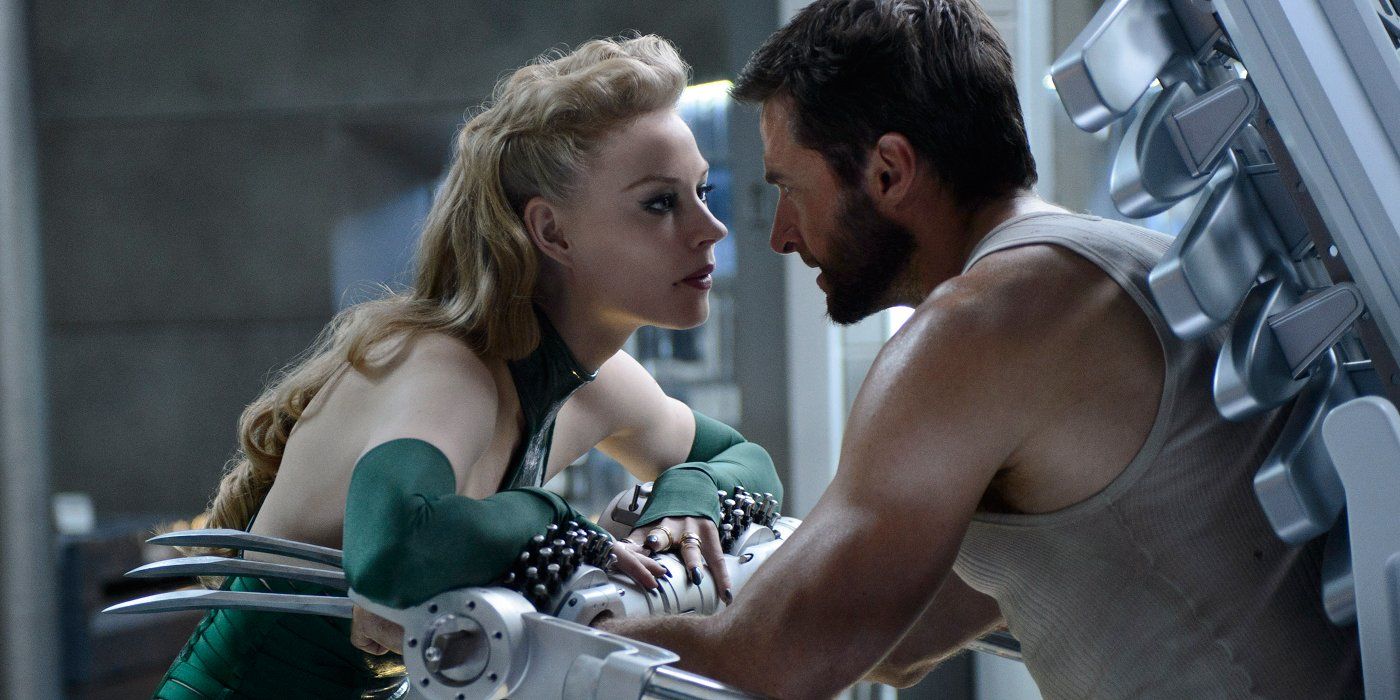
The Wolverine took the titular mutant away from the X-Men, and had him travel to Japan to explore a forgotten element of his past and encounter many new characters. One such character was Viper, a mutant with the ability to resist and produce toxins. Though she is adapted from the comics, various rights issues forced changes to the character that made her almost unrecognizable.
In the comics, Viper is better known as Madame Hydra, a character with major ties to the organization of the same name. Perhaps in order to distance Viper from her comic book counterpart, The Wolverine also gives her more snake-like powers, including the ability to shed her skin. The movie’s bizarre take on the character may have been somewhat unavoidable, but it makes her one of the least comic-accurate characters ever to appear in an X-Men movie.
3. Emma Frost Was Criminally Oversimplified
First Appearance: X-Men: First Class (2011)
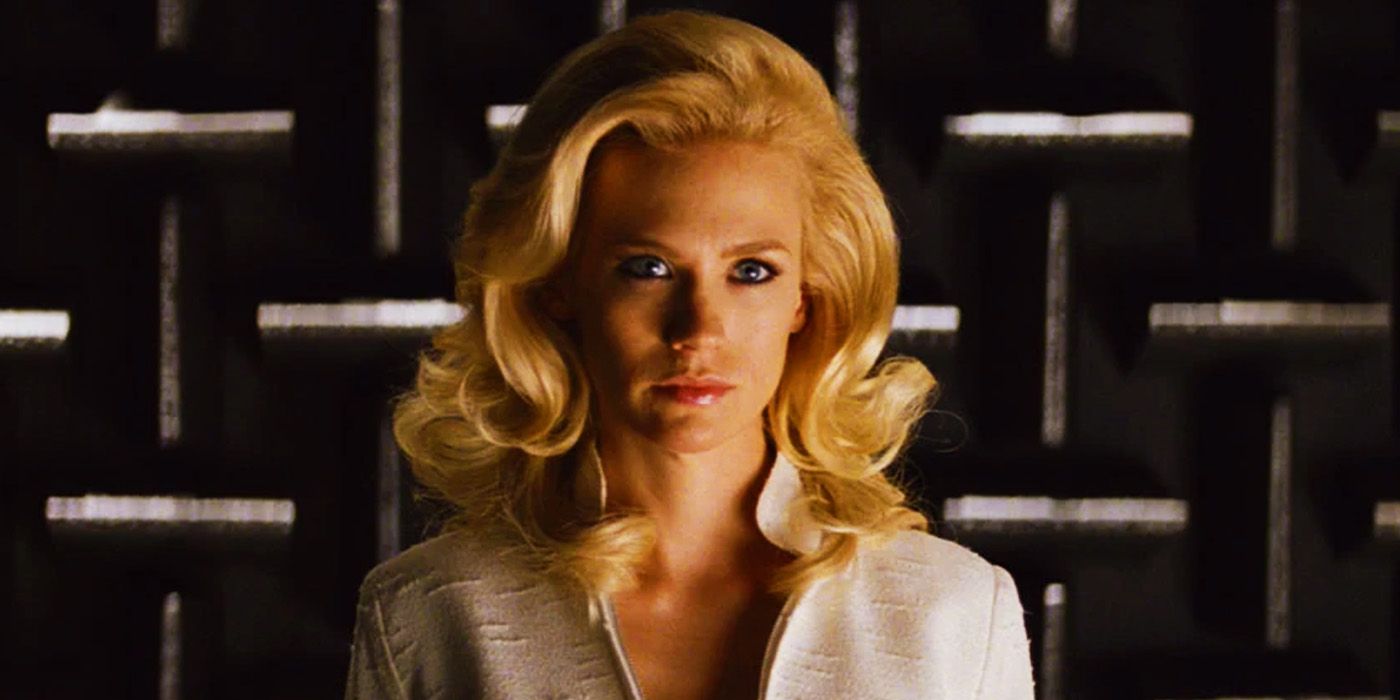
After a brief and forgettable cameo in X-Men Origins: Wolverine, Emma Frost made her full debut in First Class, played by January Jones. The movie’s version of the powerful mutant was a part of the Hellfire Club alongside Sebastian Shaw, and acted as a relatively minor secondary character. Despite Frost’s major importance to many X-Men stories in the comics, the movie treated her as significantly less important than those around her.
First Class mostly focuses on Frost’s ability to turn her skin into diamond, rather than her status as one of Marvel’s most powerful telepaths. What’s more, she’s barely given any lines of dialogue, making her seem decidedly aloof and largely uninteresting. Though there are clear elements of comic accuracy in her design, the execution and lack of any real focus on the character made her seem far more inaccurate than she should have been.
2. Cyclops Lacked Any Leadership Ability
First Appearance: X-Men (2000)
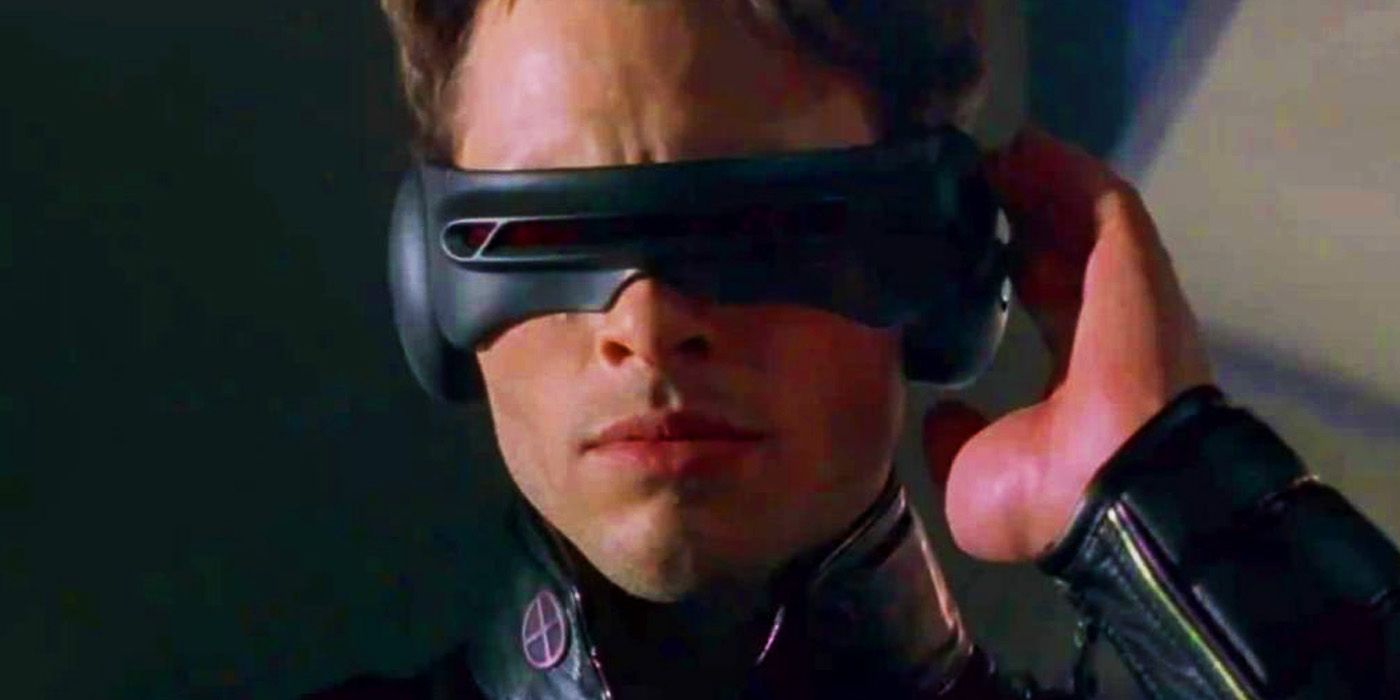
Cyclops is undoubtedly one of the most iconic members of the X-Men, and in many ways, one of its least complicated. The traditional leader of the team, Cyclops is typically a straight-up hero who does whatever he must for his mutant family, setting an example to those around him. However, the X-Men movies took the character in a slightly different direction, inadvertently making him completely inaccurate to the comics.
Rather than making Cyclops a mutant boyscout but dependable leader, the movies introduced him as a jealous, insecure, and remarkably unlikable figure. He hardly led the team at all, as they were written to be closer to equal members of the team, robbing him of his most significant role. Though the change isn’t the most drastic, it takes Cyclops’ most important characteristic, making him seem one of the least comic-accurate characters in the X-Men franchise.
1. Deadpool Was Entirely Unrecognizable
First Appearance: X-Men Origins: Wolverine (2009)
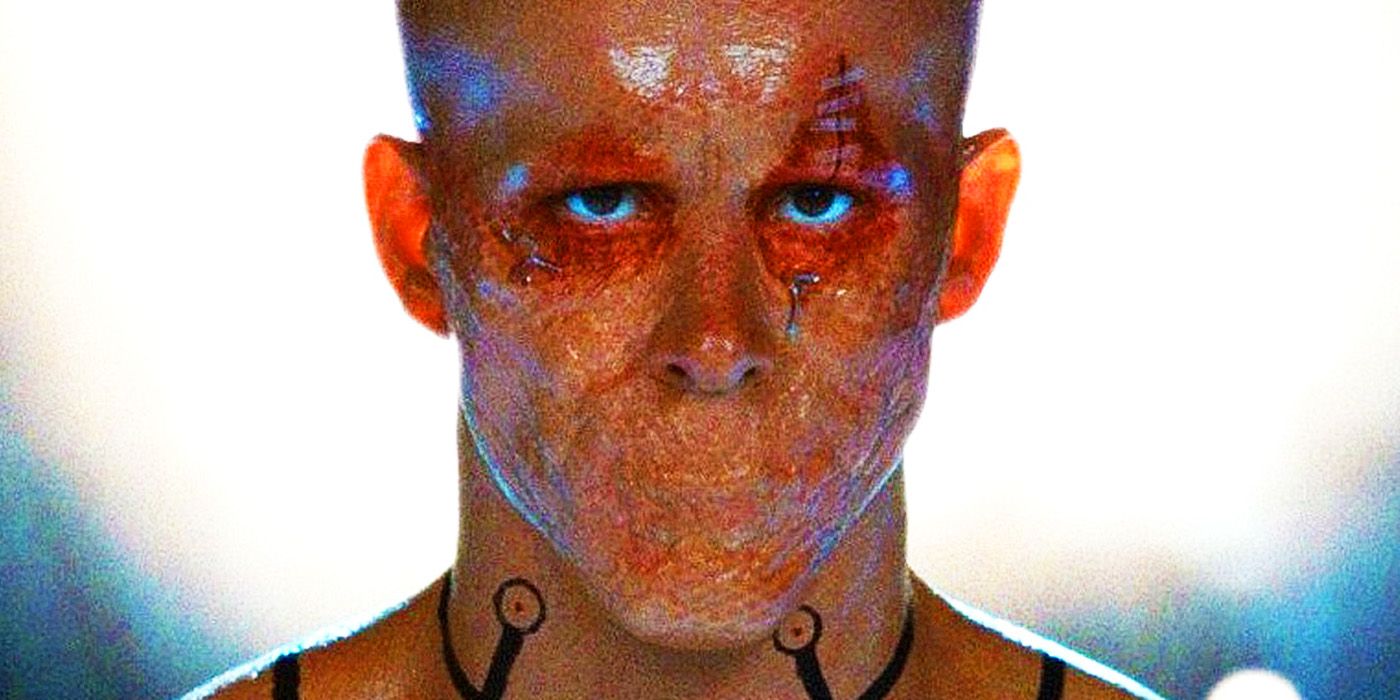
When it comes to insulting inaccurate depictions of comic book characters, one stands out above all others. X-Men Origins: Wolverine attempted to delve into the amnesiac mutant’s forgotten past, introducing a number of other characters in the process. One such character was Wade Wilson, the fan-favorite, fourth-wall-breaking Merc with a Mouth. The film’s design for Deadpool was so laughably inaccurate that it was essentially a different character altogether.
Instead of his iconic red and black suit, he was shirtless, and with his mouth sewn shut to rob him of his wise-cracking abilities. He was also given a cocktail of other mutants’ powers for some reason, distancing him even further from his comic book counterpart. There’s no denying that he’s the least comic-accurate character in the history of X-Men movies, as the changes to the character made him laughably unrecognizable.
